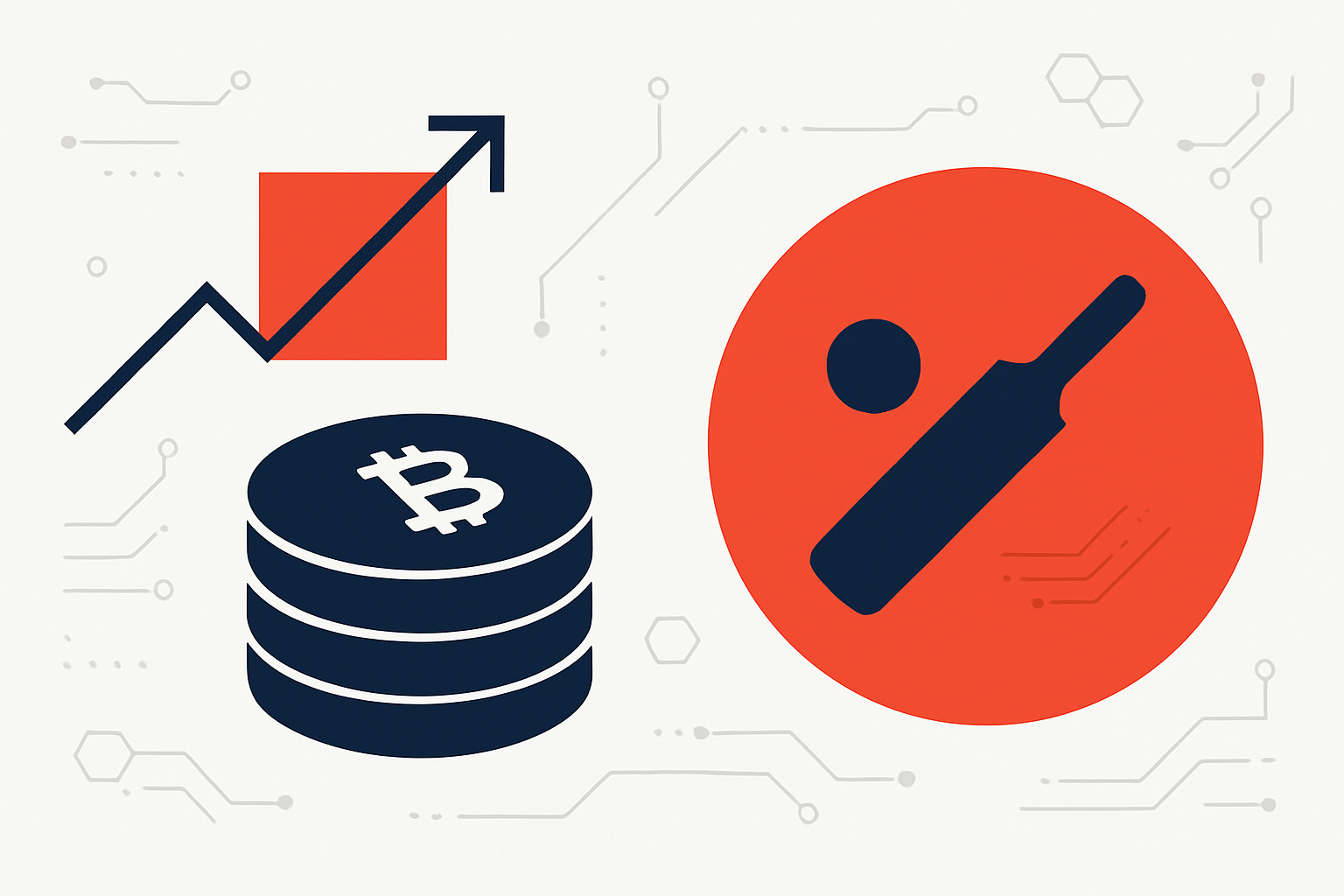
Sports fandom is undergoing a seismic shift, and the catalyst is blockchain technology. Traditional fan engagement has long been limited to passive activities: watching games, buying merchandise, or following teams on social media. But the emergence of on-chain protocols like SCOR is fundamentally transforming this dynamic, empowering fans to become active participants in the sports economy. By leveraging programmable fandom, verifiable on-chain activity, and tokenized rewards, SCOR Protocol is not just gamifying engagement – it’s redefining what it means to be a fan in the Web3 era.

Programmable Fandom: Turning Engagement into Real Value
At its core, SCOR Protocol introduces the concept of programmable fandom. Built on The Open Network (TON) blockchain and developed by the SCOR Foundation, it provides a decentralized infrastructure where every fan interaction – from playing mini-games to collecting digital stickers – becomes a verifiable on-chain event. This isn’t just about issuing another fan token. Instead, SCOR creates an ecosystem where value flows directly between intellectual property holders (like teams and athletes) and their supporters.
The protocol’s native asset, $SCOR, lies at the center of this new economy. Fans earn $SCOR by participating in skill-based games and challenges delivered via platforms like Telegram. Every action is recorded transparently on-chain, ensuring that fans’ efforts are both recognized and rewarded with tangible benefits – not just digital bragging rights.
From Spectators to Stakeholders: Interactive Mini-Games and Digital Collectibles
The integration of $SCOR within Telegram’s mini-game ecosystem marks a major leap forward for blockchain fan engagement. Through partnerships with platforms like Sweet, fans can now compete in daily sports-themed games right inside their favorite messaging app. As they play, they accumulate Gems (in-game points), which are convertible into $SCOR tokens upon launch.
This direct gamification model does more than entertain – it transforms passive viewership into interactive participation. Leaderboards track performance in real time, while tournaments offer escalating rewards for top performers. Crucially, these games aren’t siloed experiences; they’re woven into the broader SCOR economy where every win or achievement can unlock exclusive collectibles, team-branded merchandise, or even real-world perks like season tickets.
The October 2025 launch of the SCOR Sticker Store within Telegram’s FUSE Sticker Store further amplifies this effect. Here, animated athlete stickers are not mere cosmetic add-ons but functional assets that boost gameplay or provide access to special power-ups during competitions. The inaugural sticker packs feature global sports icons such as Rashid Khan and Sunil Narine – turning iconic moments from the field into digital assets that fans can own and deploy strategically within SCOR-powered games.
Ecosystem Growth Backed by Transparent Tokenomics
The sustainability of any Web3 project hinges on well-designed tokenomics. SCOR addresses this with a fixed supply of 4 billion tokens and an impressive 44% allocation earmarked for ecosystem growth initiatives. This ensures that rewards pools remain robust as user adoption scales up and that community incentives can be fine-tuned to foster long-term loyalty rather than short-term speculation.
By anchoring all transactions and rewards distribution on the TON blockchain – known for its high throughput and low latency – SCOR guarantees a seamless experience even as global participation increases. Every collectible earned or token transferred is fully auditable by anyone with a block explorer; this radical transparency builds trust among users who have grown weary of opaque Web2 loyalty programs.
What sets SCOR Protocol apart is its ability to create a verifiable on-chain record of fan activity. Every interaction, whether it’s playing a mini-game, collecting limited-edition stickers, or competing in community tournaments, is permanently logged and provable. This not only empowers fans to showcase their dedication but also unlocks new avenues for teams and athletes to reward their most loyal supporters in a measurable way.
In practical terms, this means fans are no longer just consumers, they are stakeholders in the ecosystem. They can leverage their on-chain reputation to access exclusive experiences, participate in governance decisions, or even co-create content with athletes and clubs. The result is a dynamic, self-sustaining fan economy where value flows freely and transparently between all participants.
Real-World Impact: Rewards That Bridge Digital and Physical Fandom
The true test of any blockchain fan engagement protocol lies in its ability to deliver tangible rewards. SCOR excels here by offering an array of incentives that go beyond the digital realm. Fans can exchange $SCOR tokens for official team merchandise, unlock VIP event access, or redeem them for coveted items like season tickets, all directly from within the Telegram ecosystem.
Moreover, the integration with Sweet’s platform and the launch of the SCOR Sticker Store have introduced an entirely new layer of utility. Animated athlete stickers are not just collectibles; they offer gameplay advantages and can be traded or sold within the ecosystem. This fusion of gaming mechanics with real-world perks creates a compelling feedback loop that keeps fans engaged over time.
The Road Ahead: Scaling Programmable Fandom
As adoption accelerates and new partnerships emerge, SCOR Protocol is well-positioned to become the backbone of on-chain sports fandom. The protocol’s transparent tokenomics, anchored by its fixed supply and robust allocation for growth, ensure long-term sustainability while incentivizing innovation across gaming, collectibles, and social engagement layers.
The rise of programmable fandom signals a paradigm shift not just for sports enthusiasts but for the entire entertainment industry. By empowering fans with ownership, agency, and meaningful rewards, all secured by blockchain, SCOR is setting a new standard for digital communities. The days of passive viewership are fading; in their place stands an interactive landscape where every action counts and every fan has skin in the game.
If you’re interested in exploring more about how programmable fandom is shaping sports ownership on-chain, you can read further at this resource.





